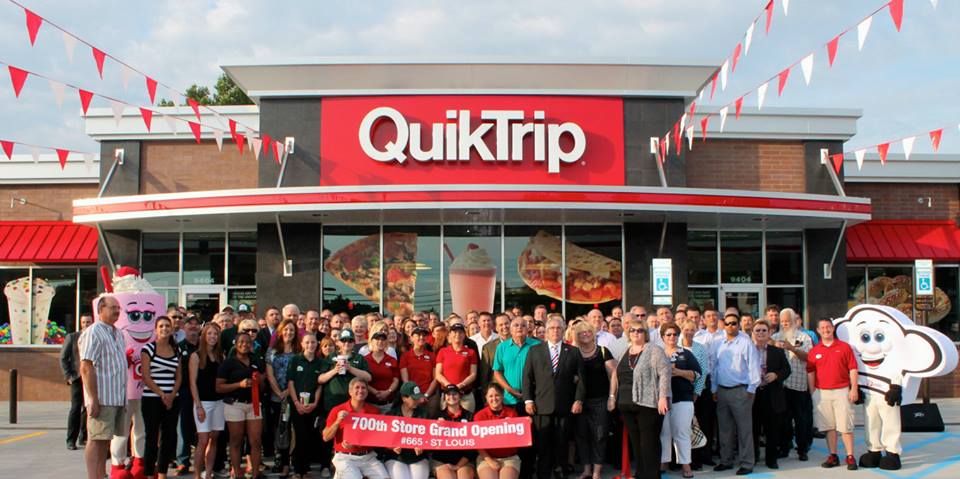
LOCAL & STATE
John Neal
Featured Image. Adobe Images
Under new rules, meals will also be provided at no cost to middle and high school students across Tulsa. Over 15,000 students in thirteen schools and their families will benefit from the program expansion according to Oklahoma State Department of Education (OSDE) records.
The TPS free meal program could act as a hedge against rampant food insecurity issues affecting Tulsans in general and members of Tulsa’s Black and brown communities in particular. The Oklahoma Eagle reported on the dilemma of food insecurity in its December 1 edition. See article here: https://theokeagle.com/2023/12/06/post-pandemic-food-insecurity-worsens-for-black-americans/
Multiple studies have directly linked food insecurity, poor nutrition, and hunger to decreased academic performance and chronic school absenteeism, all problems currently affecting Tulsa Public Schools. Food insecurity has increased sharply as federally sponsored assistance programs introduced during the COVID-19 Pandemic are ending. In its Community Insights Report released in 2022, The Tulsa Area United Way estimates that 50,000 Tulsa-area children are suffering from food insecurity.
Black and other underserved minority communities are disproportionately affected, including Hispanic, Latino and Tribal ethnic, racial and economically disadvantaged communities]. The 2022 United States Department of Agriculture report ERS- Household Food Security said that Black households are nearly twice as likely to be food insecure as the national average. Food insecurity in Black households with children is 30 percent, those in poverty at 40 percent, and those with more severe food insecurity suffering “disrupted eating patterns” are almost 10 percent, according to the USDA report. The Tulsa Equality Indicators 2022 report and other demographic data reflects these conditions are prevalent in north Tulsa.
A modification of federal regulations caused the expansion in free meals to make “economic sense,” TPS Chief Financial Officer (CFO) Jorge Robles explained to The Oklahoma Eagle in an interview. While the Oklahoma City school district and other districts in Oklahoma have included secondary school students in an automatic enrollment program for free meals, the Tulsa district has not done so.

The expansion kicks off in the new school year
CFO Robles told the Eagle that TPS will add middle and high schools to the federally subsidized program that automatically enrolls all students for free school meals, but only beginning in the 2024-25 school year. During the two school years of the pandemic, the federal government funded all the expense for these meals for students nationwide. Following the COVID-19 pandemic, TPS resumed a more restrictive program that provided free meals to all elementary school students but not all secondary students. Some middle and high school students can still receive free meals in Tulsa schools on an application basis under a separate USDA-sponsored program.
However, to qualify for free meals via the application, a household’s income can be no greater than 135 percent of the federal poverty level. While TPS reports almost 80 percent of district students are economically disadvantaged, only slightly over half of Tulsa’s secondary school students apply for and receive free meals on an application basis. Another ten percent pay a reduced price, while at least 5,000 TPS secondary students pay full price for meals, according to OSDE Child Nutrition reports. Most “children just above the cutoff for free student meals are children of color,” according to a USDA-sponsored study. LatinX, Black, multiracial American Indian and Asians make up 78 percent of TPS students including approximately 7,800 African American children.
Beginning nationwide in 2014-15, the USDA started the rollout of a program designed to avoid the pitfalls of an application-based program and dramatically expand the number of students receiving free meals at school. The USDA describes this Community Eligibility Provisions “an option that allows eligible schools, groups of schools, and school districts to offer free meals to all enrolled students.”
“CEP allows schools to offer breakfast and lunch each day at no cost to all students. CEP also eliminates unpaid meal charges, minimizes stigma, reduces paperwork for school nutrition staff and families, and streamlines meal service operations,” the USDA said when the program was finalized in September 2023. Other benefits of the program listed by the USDA are “decreased hunger, positive impacts on academic performance, [and] improves household food security.”
TPS participation
While TPS has been a partial participant in the (CEP) program since before the COVID-19 pandemic it did not take advantage of the opportunity to enroll all students on multiple occasions. This year, OSDE records reflect 395 Oklahoma schools enrolled in the CEP program provide free meals to 134,470 students. Eighty-seven Oklahoma school districts include all their schools and students in the free meals program.
Asked about Tulsa’s partial participation, Jennifer Weber, Program Director of OSDE’s Child Nutrition Programs, would only say, “We want as many districts and schools to participate in CEP as fully as possible.”
Oklahoma City, the state’s second largest school district, has fully participated in the CEP program since 2018. Crystal Raymond, Media Relations Manager for Oklahoma City Public Schools, told the Eagle, “OKCPS feeds all students at no cost through CEP.”
TPS CFO told the Eagle the origins of restricting CEP participation to elementary school students “preceded my time” but was probably based on a cost benefit analysis. When The Eagle inquired why TPS had not included secondary students after the pandemic, Robles said, “It didn’t make sense to move to the CEP for secondary because it would mean less subsidy than if we use the forms.”
In a written statement Robles later added, “[T}he differentiated setup we’ve discussed already let us provide the best quality nutritional services to Tulsa Public Schools students with the least possible financial burden to their families.”
But when addressing the 2024-25 prospective expansion Robles also added, “We are excited for the opportunity to have the entire district in CEP and all the benefits this will offer to our secondary students.”
TPS will make the changes
OSDE records reveal that TPS could have elected to include all of the district’s students in the free meal program in 2019 or before. Had TPS exercised that option district-wide in 2019 as its USDA “base year,” it would have been fully reimbursed for 80 percent of student meals and partially compensated for the remaining 20% based on the CEP formula. The district must make up any cost difference with local or state-appropriated funds between USDA partially subsidized funding and actual meal cost for the 20% of students.
Weighing the alternatives, the Tulsa school district has carved out only elementary schools for full student participation in free meals. That left secondary schools to provide free meals to only some students who met the household income eligibility requirements.
However, in its new rule-making this year, the USDA altered the funding formula making the CEP alternative more financially attractive. The new rules also reduce a school district’s minimum threshold requirement, providing a more accessible and streamlined automatic meal program.
According to TPS’s Robles, USDA rule changes will provide a more significant subsidy for the Tulsa school district. Therefore, Robles said, TPS will include secondary students beginning in the school year 2024-25, but only when the “economics of that is going to change.” “We can comfortably apply the first semester in the 2024-25 school year.”
Oklahoma Child Nutrition Program Director Weber told the Eagle that the extent of school CEP participation in free meals for all students is an individual school district decision. She added that Oklahoma school districts decline or only partially participate because “they feel like they would have to invest too much.”










